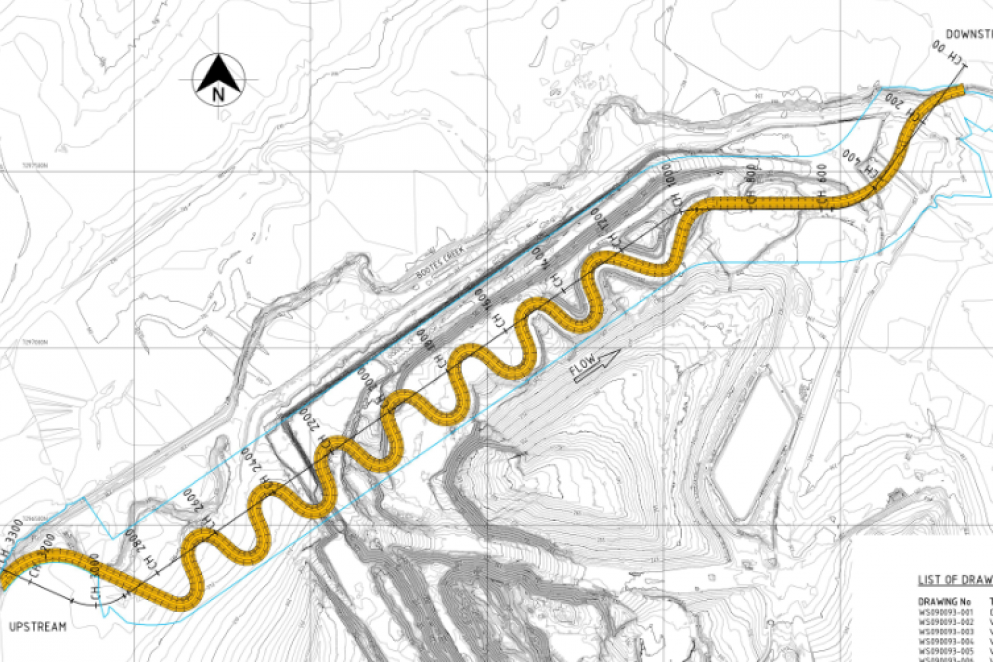Bootes Creek Diversion Design Compliance
Hydraulic assessment of a diversion to confirm compliance with government requirements.
Bootes Creek diversion had undergone a number of design iterations and revisions since 2008. This re-design considered changing the low flow channel and flattening the bank slopes to reduce the volume of bulk earthworks required and to decrease the timeframe required to construct the creek diversion. The revised design required assessment to confirm compliance with design/target criteria for velocity, bed shear stress and stream power, as required by the State Government.
We updated the hydraulic model to assess the impact of the revision on compliance criteria. This included revision of the terrain grid of the existing MIKE Flood models to represent the revised diversion and levee design. Models were run for the 50% and 2% Annual Exceedance Probability flood events to assess the differences between the previous and revised designs. This included extraction of results grid for velocity, x and y direction bed shear stress and water depth, post processing the grids to generate maximum bed shear stress, and producing longitudinal section of stream power relative to the creek diversion chainages.
Our study confirmed that the re-designed diversion channel and levee bank met design/target criteria for velocity, bed shear stress and stream power. This meant that WSP Parsons Brinkerhoff could revise the construction timeframe and bulk earthworks required to streamline the completion of the creek diversion.

